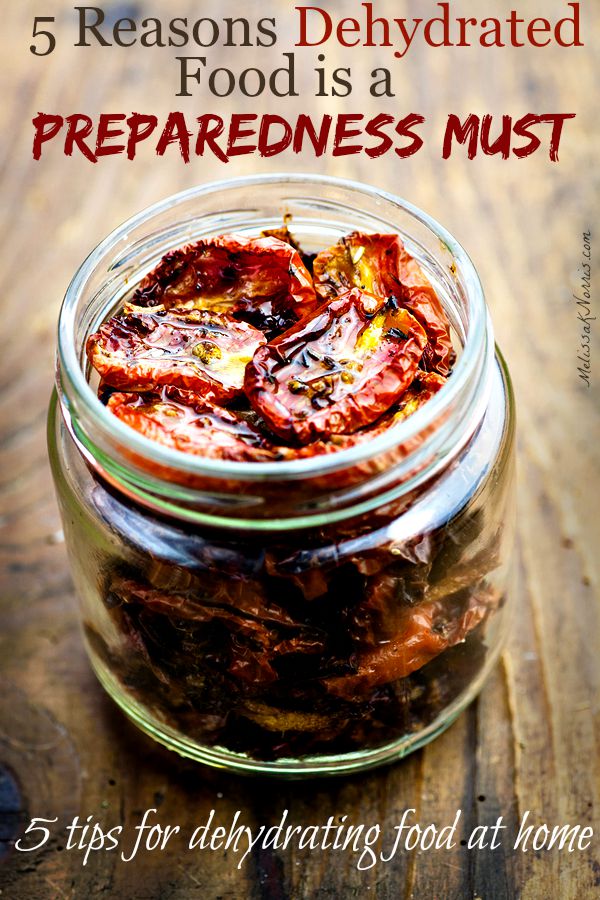
Dehydrating food is an excellent way to preserve your food, build your own pantry, cut down on your food bill, and up your preparedness level. In fact, dehydrating could be called the prepper and survivalists’ top food preservation mode.
Freeze-drying and dehydrating are not the same thing. Freeze-drying is a relatively new way to preserve food at home. The end product is a very different product from dehydrated food.
Table of Contents[Hide][Show]
Benefits of Dehydrated Food for Storage
Removing the moisture from food allows it to store indefinitely in proper conditions, making it a preferable choice for the preparedness-minded individual. Smoking is another form of dehydrating food and creates delicious meats and cheeses, as well as preserving them. Learn how to smoke cheese at home here.
Dehydrating allows you to harvest your food in season and preserve it for year-round eating. From foraging to harvesting from your garden, or even purchasing food in season, dehydrating lets you build your own food supply for year-round use. Note: Dehydrating or freezing is the only safe way to preserve wild mushrooms as canning is not recommended for wild mushrooms.
One of the beauties of dehydrating food is its portability and ease of storage. When all of the moisture is removed from the food, it shrinks up considerably. This is done either through salt or the movement of cold or hot air through the food. Because organisms that cause food spoilage need moisture to grow, dehydrating them makes the food a perfect candidate for long-term food storage. Plus, unlike a freezer, dehydrated food requires no electricity to maintain its stability.
Check out this, when dehydrated, one pound of fresh apples becomes just two ounces. Each food will vary on how much it shrinks down, but you can see why dehydrated food quickly becomes essential when you’re on the go or for bug-out bags. Some dehydrated foods need water for reconstitution, but many items can be eaten as is, which is ideal in emergency situations.
Fruit leather, strawberries, grapes, blueberries, apples, peaches, pears, bananas, pineapple, and zucchini chips are all easily eaten without reconstitution or the need to soak in water. Plus, they’re quite delicious and packed with nutrients.
While I love home canned food for many reasons, you can’t beat dehydrated food for the ease of carrying or storage. From meals on the go, to hiking and camping, in your emergency bag or extended times in the wilderness, you can pack much more dehydrated food than any other form. Dehydrated food requires no refrigeration and very little storage space. It can easily fit in backpacks, purses, or pockets.
Resources for Dehydrating Food at Home
Drying food is one of the oldest traditional methods of food preservation known to man. In hot climates, food can be dehydrated simply by laying it out in the sun on a screen or rack.
However, when it comes to meat, I wouldn’t feel comfortable unless I was using a dehydrator where I could control the temperature.
In cooler climates, you can dehydrate fruits and vegetables using an oven. Simply set your oven to 170°F and place your food on an oven-safe tray until completely dry.
A solar oven is a great option if you need an off-grid option and don’t live in a hot climate. I’m so grateful Sun Oven sent me one in exchange for my review. I was skeptical of it working in the Pacific Northwest, where the sun isn’t abundant, but I was surprised at how well it worked.
- Off-grid dehydrator–> Solar Sun Oven and Preparedness Accessories
- Frugal dehydrator–> Nesco Dehydrator It’s 42% off at the time of this posting!! I purchased this dehydrator two years ago when my garage sale one bit the dust and have been very happy with it.
Learn the 5 Proven Steps to Safe & Stress-Free Home Canning
This free on-demand workshop walks you through the same method I use to safely can 400+ jars a year. You’ll learn:
- When to use a water bath vs. pressure canner (get this wrong, and it’s risky)
- How to avoid spoilage with smart safety-first practices
- Exactly how to build your long-term pantry—without burnout
✅ Perfect for preserving fruits, veggies, meat, and more—even if you’ve never canned a thing.
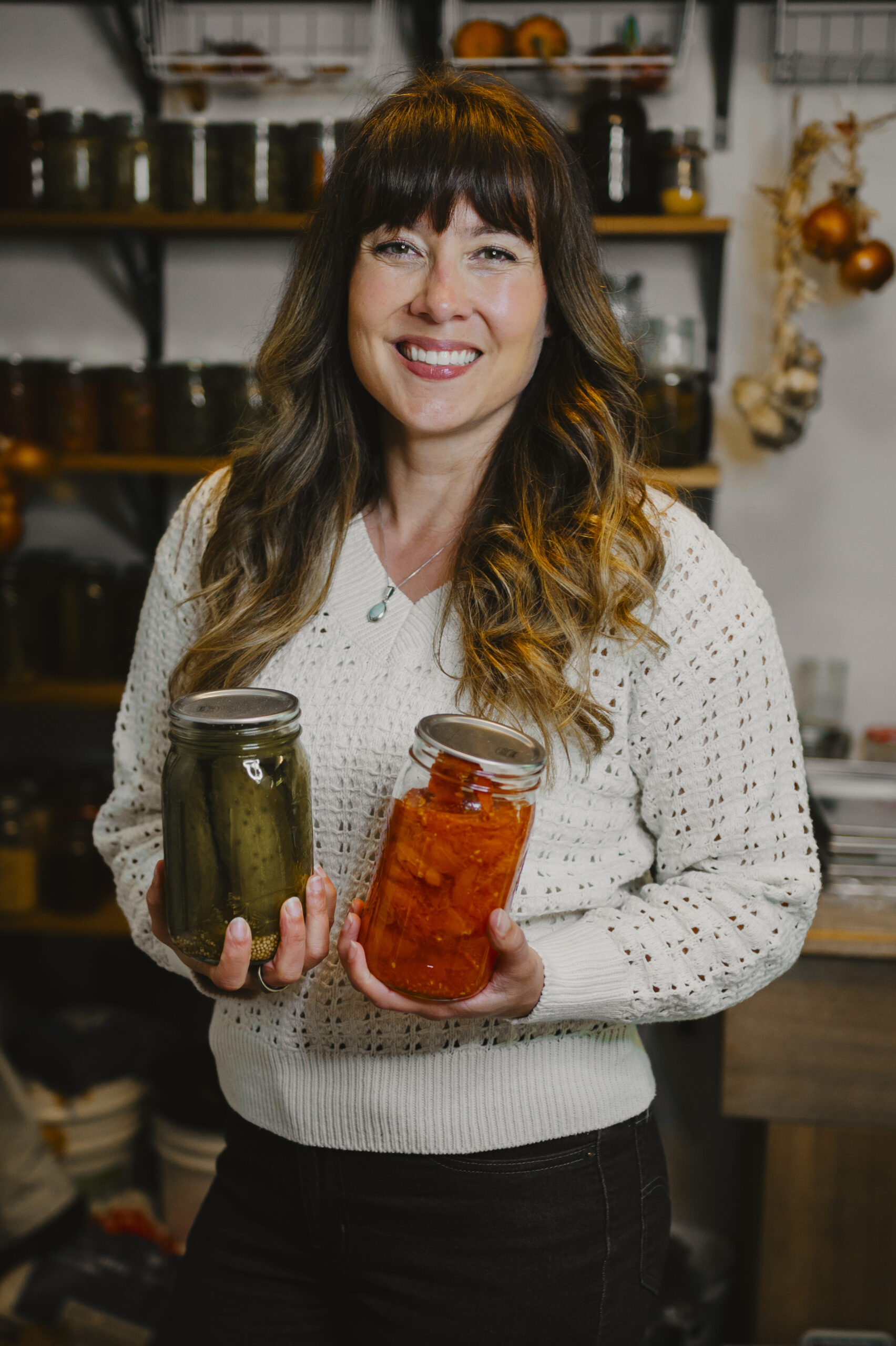
I’m never buying another dehydrator again–>Excalibur Dehydrator
Subscribe to Melissa K. Norris!
Get updates on the latest posts and more from Melissa K. Norris straight to your inbox.
We use your personal data for interest-based advertising, as outlined in our Privacy Notice.
5 Tips for How to Dehydrate Food at Home
For optimal long-term storage, dehydrated foods should be stored in a dark cool area in an airtight or vacuum-sealed container. Pantry shelves or cupboards work well, but under beds or anywhere out of direct light is fine.
The foods you can dehydrate are limitless, from fresh fruit, vegetables, herbs, to meat, and even liquid. You can make your own soup mixes, fruit leather, jerky, beans, onion and garlic powders, powdered cultures, to powdered eggs.
Canning tomatoes? Save the skins you’d normally discard and dehydrate them, then grind up into a tomato powder for use later in sauces and soups.
There are many options for dehydrating your food from hanging meat on racks next to a warm outdoor fire for smoking, to racks indoors next to your wood stove, and in your oven if it goes down to 150 degrees. You can dry herbs by hanging them upside down in bunches in a dry warm area for about a week.
When dehydrating your food, the biggest tip is to chop or slice all of your food as close to the same size as possible. The more uniform, the more they’ll dry at the same rate. An easy way to do this is to use a mandolin. Another option is a food chopper for items that need to be chopped or minced instead of sliced.
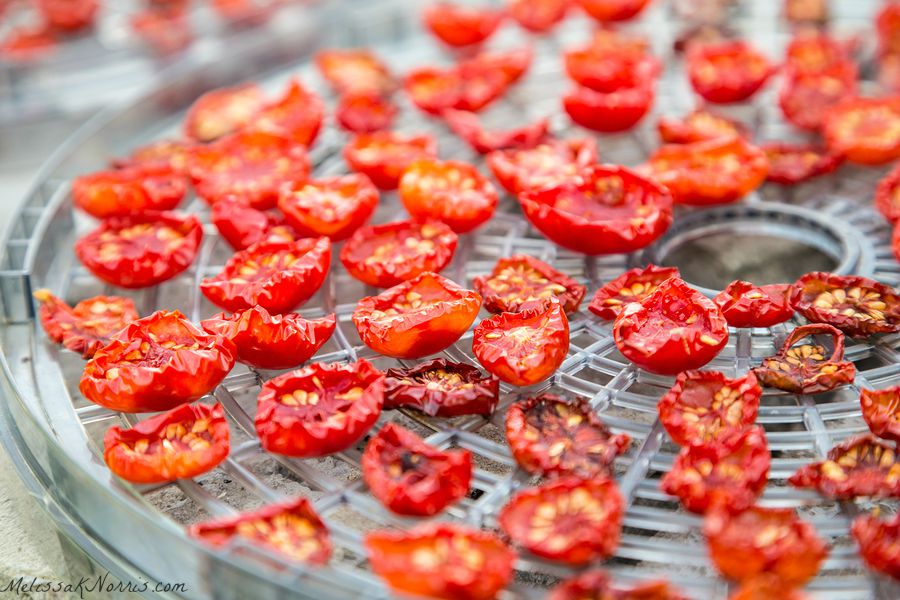
Think about how you want to use the food before drying. If you’re drying apples, do you want apple rings to eat as snacks, or wedges to use in pies and desserts, or chunks to add to oatmeal? You might decide to dry some in all forms, but thinking it out ahead of time will be key.
Place your food on the dehydrator trays. Make sure none of the food is touching one another. You want the air to be able to circulate all the way around each piece. Fruits don’t put off much odor, so you can dry different fruits at the same time.
Strong odor items like onions and garlic should be dried by themselves or you’ll have onion flavored strawberries. Some folks will put their dehydrator outside or in the garage when drying onions and garlic if the smell is too strong.
Select the appropriate setting on your dehydrator. Be sure to check on the food periodically throughout the drying time. You’ll want to rotate trays, especially if one tray is drying faster than the others.
Use the manual times as a guideline as the time it takes to dry your food will vary upon your climate, how thick you cut the food, and how much water it had in it, to begin with. For storage purposes, you can’t over-dry your food. The drier, the longer it will store. Some people prefer their fruit to be dry but still flexible, while others prefer it on the crisper side.
Once your food is dried to your liking, you’ll want to package it. You can place them in Mason jars and use a vacuum sealer attachment to make them air-tight. You can use mylar or vacuum sealer bags. Another option is to double bag Ziploc bags and squeeze as much air out as possible. Be sure to always mark your containers with the date for proper food rotation in your pantry.

To reconstitute vegetables, soak them for 10 minutes to 2 hours, but no longer, as they can start to spoil if soaked too long. They’ll return to an almost fresh state and cook as you would regularly.
Want to save hours and days of drying time when dehydrating berries? Here’s our complete tutorial on How to Dehydrate Berries the Easy Way.

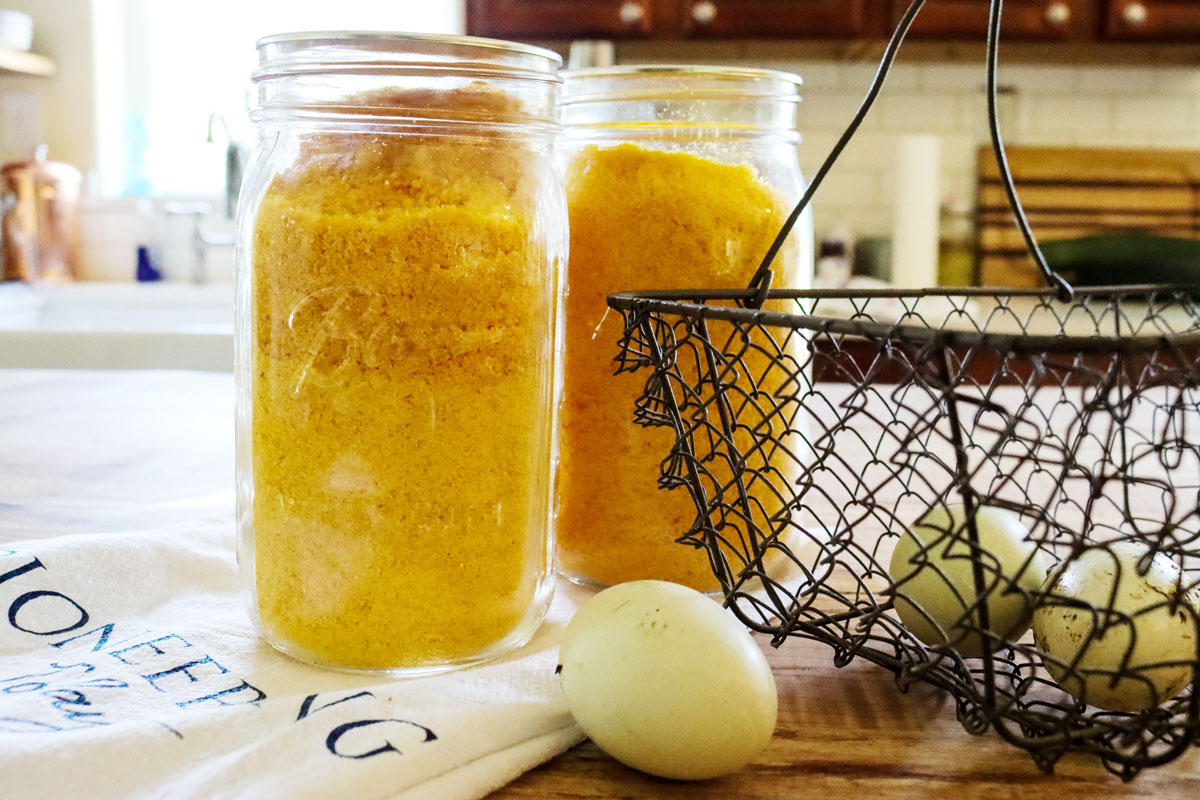


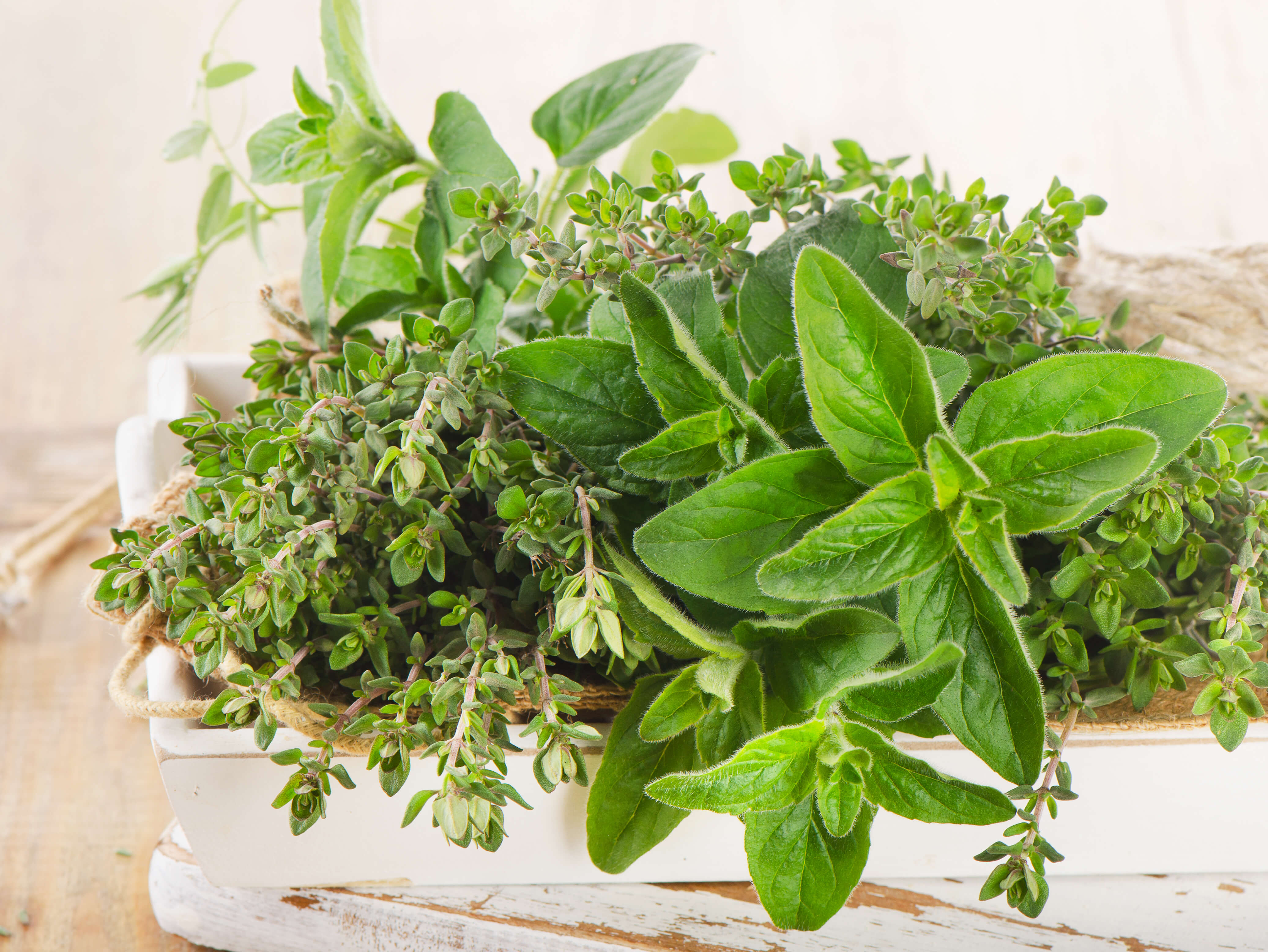

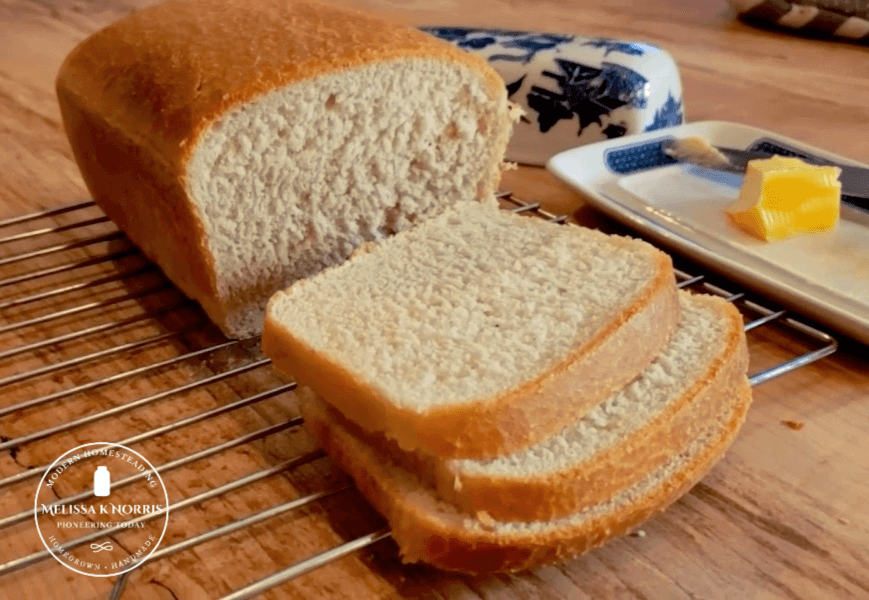




When dehydrating frozen fruits and vegetables, is it necessary to thaw first?
I am going through my pantry and looking at expiration dates. If the expiration date is in the near future, within a month or so, I will be dehydrating that can of vegetables. Just another way to stretch my food storage, and not waste anything.
Deborah,
I love it and a great tip!
I LOVE, LOVE, LOVE to dehydrate tomatoes! I can’t grow them in my yard (no sun), so I barter with friends: give me your tomotoes, I dehydrate and split the harvest. Delicious rehydrated, or eat like chips! YUM,
Funny things to dehydrate? Children mitts, cucumber chips with spices? Wet cellphone?
I love your series and have saved all the mails. Dehydrating food has been a favorite method of mine for a long time. I even make “candy” out of fruits. We do not live on a Homestead, yet, so I use what my garden and the Market have.
Thanks again for your advice and series!! Christel
Melissa I can’t seem to get the guide link to work. Good you email it to me? I found your sight again today as I hadn’t realized that you were the author on the homemade Christmas. I have been reading through for hours! Thank you, Jaime
Hey, Jaime!
Thanks!! I’m emailing ya now.
Jaime,
I tried to email you, but it came back as undeliverable. Try messaging me here on my Facebook page to keep your email private! https://www.facebook.com/melissaknorris
I just wanted to say I came across your website while looking for apple pie filling recipes (our honey crisp tree has just been harvested and I got an All-American pressure canner for my bday) and LOVE the blog. DH is actually dehydrating our plethora of cherry tomatoes as I type. Thanks for all the great advise and I will be back ofter (ok who am I kidding I will checking your site out A LOT!)
Teresa,
Hello and welcome, oh you lucky girl on both the apples and the pressure canner! Make sure you grab you free copy of the Ultimate Home Food Preservation Guide and I look forward to getting to know you. Us canning girls have to stick together. 🙂
I am just feeling my way around canning and drying food just now. We’ve canned maybe 7 or 8 times, and dried in our Excalibur 4 times. Neither of these practices are commonly used here in the UK, so we had to get the canner and drier shipped from the States. Preparedness does not seem to be crossing the Atlantic very fast! Thanks for all the encouragement and useful tips.
Janine,
Welcome to the canning and preserving family! I’m happy to hear your ahead of the game then. 🙂 I’ll be doing a pressure canning webinar soon, so if you’re on the email list, watch for that. If you’re newer to canning you’ll enjoy it and it’s one of my favorite things ever.
One of the grand things about dehydrating is that it can be an all year way to preserve food. When you find those marked down veggies at the store in the middle of winter you can bring them home and dehydrate. It is faster than dragging out the caner for a few pounds of what ever. When there is a frozen food sale such as mixed veggies you can bring them home and dehydrate. It is amazing how it all begins to add up and it feels good on a cold winters night to make a hearty stew with all those veggies in your cupboard.
Excellent reminder and tip, Sally. There’s just nothing quite like going grocery shopping to make your meal from your own pantry!